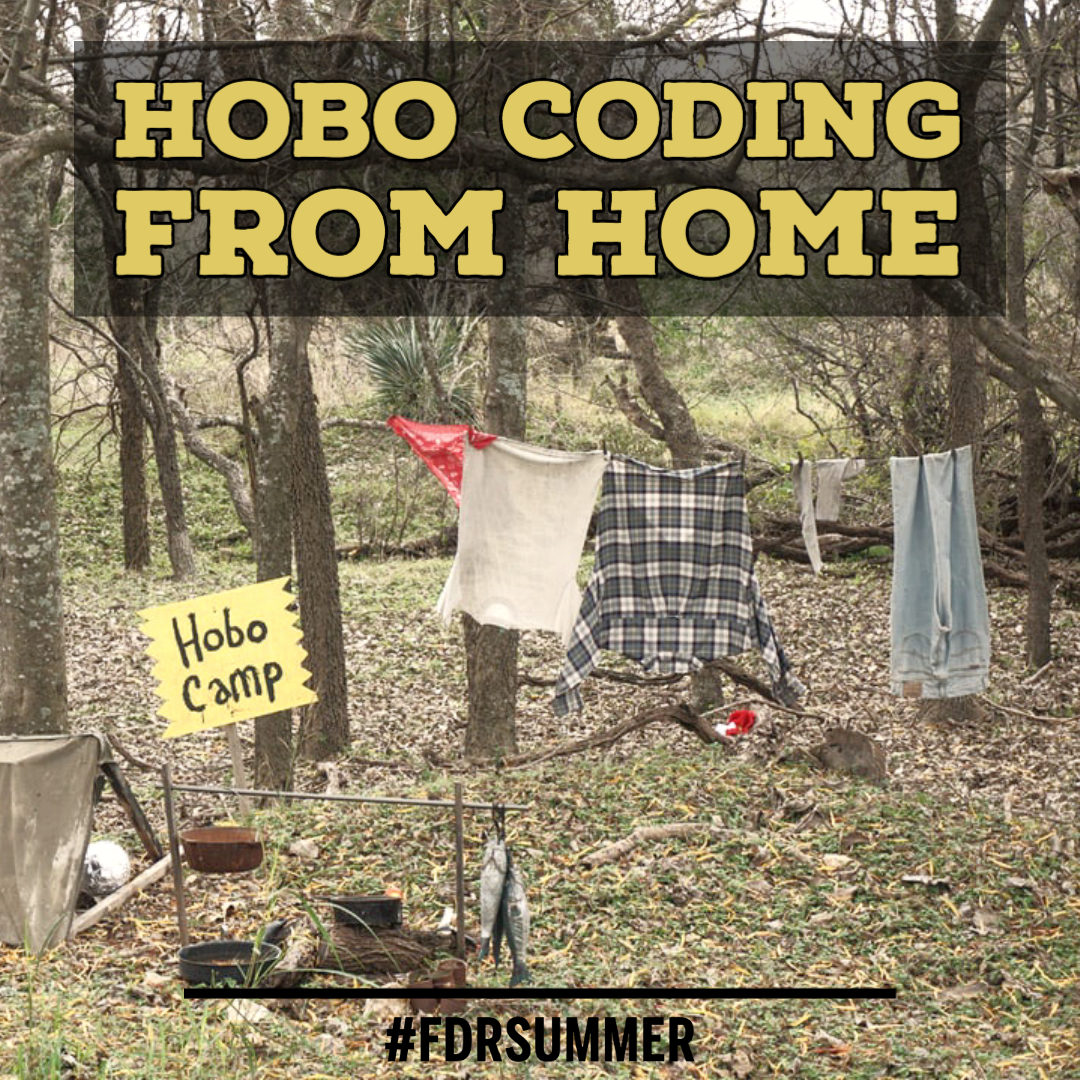 Visor de contenido web
Visor de contenido web
Hobo Code 
During the Great Depression jobs were hard to come by so many young people in their late teens and early 20s ‘took to the rails’ and traveled from town to town by hopping slow moving trains. Hobos were honest, hardworking young people who would do odd jobs – rake leaves, paint barns and houses, chop wood, pick fruit and so forth in exchange for a good meal and a safe place to sleep. Because they were always entering new and unfamiliar places with unknown dangers, Hobos developed their own special code to communicate and warn each other of dangers and opportunities.
Do you think you could decipher the Hobo code?
- Google ‘Hobo Code’ to learn more about the symbols they used.
- Do the symbols make sense to you?
- How might you have redesigned the symbol?
- Make up a special code with your friends and practice sending each other messages.
Download the official certificate to keep track of your achievements.
Share With Us:
Post a photo of a message about President or Mrs. Roosevelt using the Hobo code with the hashtag #fdrsummer (Instagram, Twitter, or Facebook) so we can celebrate your achievements with you. (Be sure to include the answer!)



